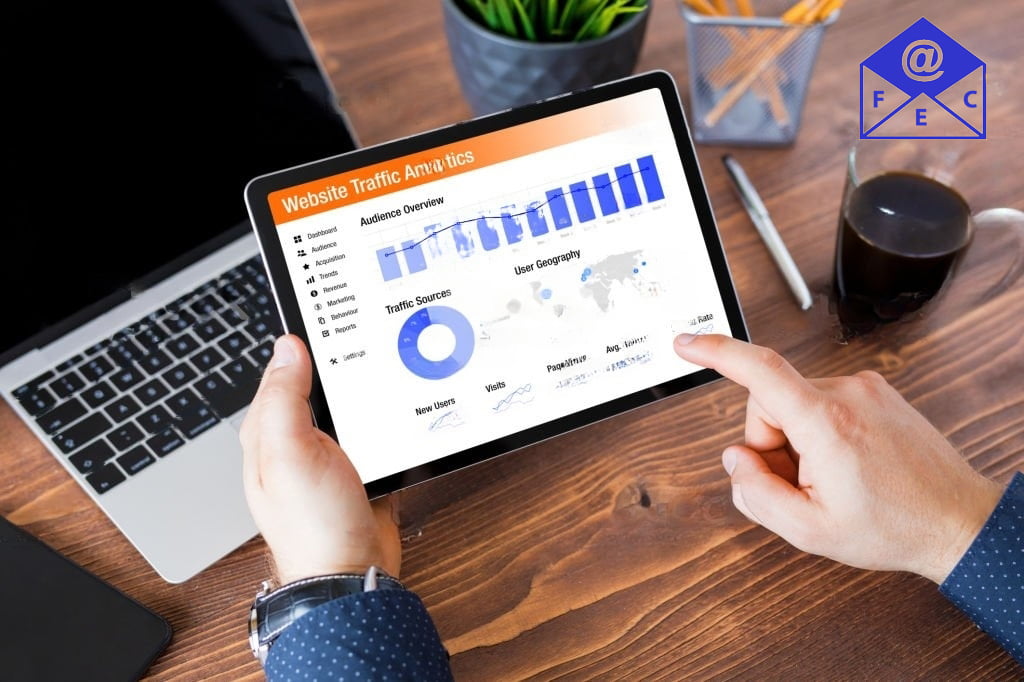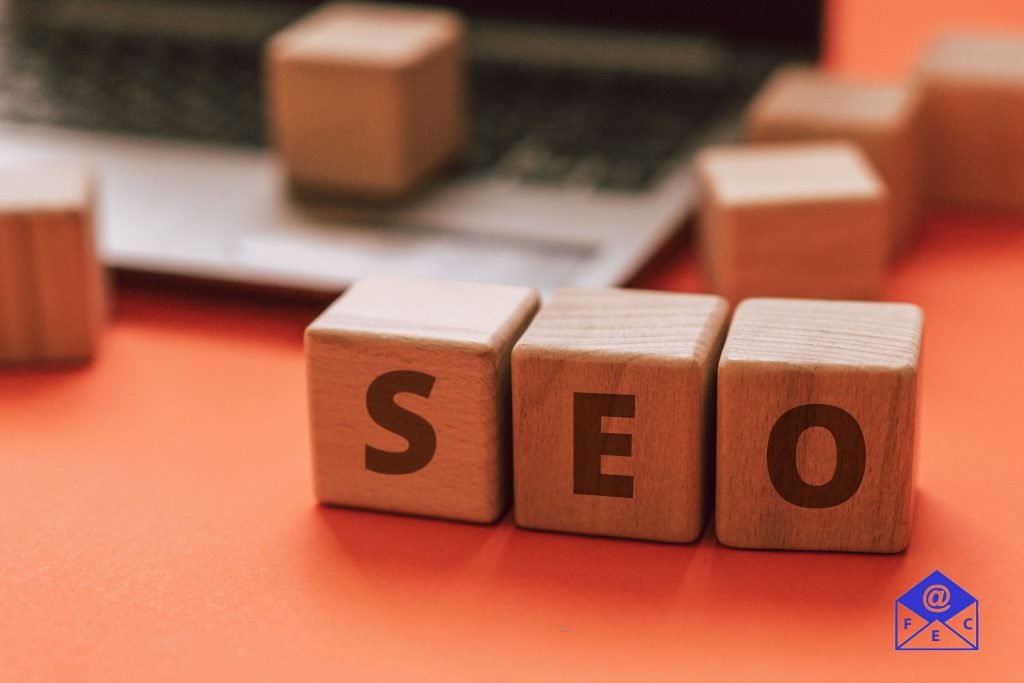Search engine optimization (SEO) plays a crucial role in improving a website’s visibility and attracting organic traffic. While there are various aspects to SEO, on-page optimization is a fundamental component that can significantly impact your website’s search rankings. In this article, we will explore the top 10 on-page SEO factors that can help you uplift your website’s search rankings.
Introduction to On-Page SEO
On-page SEO refers to the optimization techniques implemented directly on a website to modernize its search engine visibility. It involves optimizing various elements on individual web pages to make them increasingly relevant and wieldy to search engines. By focusing on on-page SEO factors, you can enhance your website’s visibility, increase organic traffic, and ultimately modernize your search rankings.
Importance of On-Page SEO for Search Rankings
On-page SEO is crucial considering search engines rely on various on-page factors to understand the content and relevance of web pages. By optimizing these factors, you provide search engines with well-spoken signals well-nigh your website’s content, which can lead to higher search rankings. Constructive on-page optimization helps search engines understand your website’s context, improves user experience, and drives increasingly targeted traffic.
Keyword Research and Optimization

Understanding the Target Audience:
Before diving into on-page optimization, it’s essential to understand your target regulars and their search intent. By conducting thorough keyword research, you can identify the keywords and phrases your potential visitors are using to find information related to your website’s content.
Top 10 On-Page SEO Factors
Conducting Keyword Research:
Keyword research involves using various tools and techniques to identify relevant keywords for your website. Look for keywords with upper search volume, low competition, and strong relevance to your content. Long-tail keywords can be particularly valuable as they often have higher conversion rates.
Optimizing Title Tags and Meta Descriptions:
Title tags and meta descriptions are crucial elements for on-page optimization. Optimizing them involves incorporating relevant keywords naturally while ensuring they virtuously represent the content of each web page. Compelling title tags and meta descriptions can modernize click-through rates and vamp increasingly visitors to your website.
4. Quality Content Creation of Top 10 On-Page SEO Factors
Creating high-quality, engaging, and informative content is vital for both users and search engines. High-quality content not only keeps visitors engaged but moreover increases the likelihood of attracting backlinks and social shares. When creating content, consider the following:
Creating Engaging and Informative Content:
Craft content that captivates readers, provides value, and fulfills their search intent. The content should be well-researched, well-structured, and easy to read.
Incorporating Keywords Naturally:
While optimizing for keywords is essential, stave keyword stuffing. Instead, focus on incorporating keywords naturally throughout your content to maintain readability and authenticity.
Using Header Tags and Structured Formatting:
Utilize header tags (H1, H2, H3, etc.) to structure your content logically. Header tags help both readers and search engines understand the hierarchy and organization of your content. Additionally, use bullet points, numbered lists, and unvigilant text to make your content scannable and hands digestible.
5. URL Structure and Optimization of Top 10 On-Page SEO Factors

A well-optimized URL structure improves both user wits and search engine visibility. Consider the pursuit of weightier practices:
Creating SEO-Friendly URLs:
Ensure your URLs are concise, descriptive, and readable. Include relevant keywords when possible, but stave unnecessary characters, symbols, or numbers.
Optimizing URL Structure for User Experience:
Organize your website’s URLs in a logical and hierarchical structure. This makes it easier for users and search engines to navigate and understand the relationship between variegated pages.
6. Optimizing Images and Multimedia of Top 10 On-Page SEO Factors
Images and multimedia play a vital role in enhancing user engagement and providing visual appeal. Optimize these elements to modernize your website’s SEO performance:
Using Descriptive File Names and Alt Texts:
Choose descriptive file names for your images and incorporate relevant keywords when appropriate. Additionally, provide volitional text (alt text) for each image to help search engines understand the content and modernize accessibility.
Reducing Image File Sizes for Faster Loading:
Large image file sizes can slow lanugo your website’s loading speed, negatively impacting user wits and search rankings. Compress images without compromising quality to ensure faster loading times.
7. Mobile-Friendly Diamond and Responsiveness of Top 10 On-Page SEO Factors
In today’s mobile-centric world, optimizing your website for mobile devices is critical. Follow these guidelines:
Implementing Responsive Web Design:
Ensure your website is responsive and adapts seamlessly to variegated screen sizes and devices. Responsive diamond improves user wits and helps you stave potential mobile SEO penalties from search engines.
Optimizing Mobile Page Speed with Top 10 On-Page SEO Factors:
Mobile page speed is a crucial factor for both user wits and search rankings. Optimize your website’s mobile performance by minimizing server response time, reducing file sizes, and leveraging caching techniques.
8. Page Loading Speed of Top 10 On-Page SEO Factors

Page loading speed directly affects user satisfaction and search engine rankings. Implement the pursuit practices to optimize your website’s loading speed:
Minimizing HTTP Requests:
Reduce the number of HTTP requests your website makes by minimizing scripts, stylesheets, and external resources. Combine files where possible and eliminate unnecessary elements.
Enabling Browser Caching:
Leverage browser caching to store static resources locally on users’ devices. This reduces the need to reload resources on subsequent visits, resulting in faster page loading times.
Compressing and Optimizing Website Resources with Top 10 On-Page SEO Factors:
Compress your website’s resources, such as CSS and JavaScript files, to reduce their file sizes. Additionally, optimize images, enable GZIP compression, and leverage content wordage networks (CDNs) to remoter enhance your website’s performance.
9. Internal Linking of Top 10 On-Page SEO Factors
Internal linking helps establish a logical site structure, distribute link equity, and modernize user navigation. Consider the pursuit practices:
Establishing a Logical Site Structure of Top 10 On-Page SEO Factors:
Organize your website’s content into categories and subcategories, creating a well-spoken and intuitive site structure. This helps search engines understand the relationship between variegated pages and the overall context of your website.
Incorporating Relevant Internal Links:
Link relevant pages within your website using descriptive vise text. Internal linking enhances the user’s wits by guiding visitors to related content and improves the crawl ability of your website for search engines.
10. User Wits and Site Navigation of Top 10 On-Page SEO Factors
Providing seamless user wits and intuitive site navigation is crucial for retaining visitors and encouraging engagement. Implement the pursuit strategies:
Providing Well-spoken and Intuitive Navigation:
Design your website’s navigation menu to be user-friendly and easy to navigate. Ensure visitors can find the information they need with minimal effort.
Enhancing User Engagement and Interaction:
Incorporate interactive elements such as comments, social sharing buttons, and related content suggestions to increase user engagement and time spent on your website.
11. Social Media Integration of Top 10 On-Page SEO Factors
Integrating social media into your website can overdraw your online presence and modernize SEO. Consider the pursuit practices:
Integrating Social Sharing Buttons:
Add social sharing buttons to your web pages, making it easy for visitors to share your content on their social media profiles. This can help increase your content’s visibility and vamp increasingly traffic.
Encouraging Social Signals and Engagement:
Actively engage with your regulars on social media platforms. Encourage social interactions, such as comments, likes, and shares, as these social signals can indirectly impact your search rankings.
12. On-Page SEO Weightier Practices
In wing to the factors discussed above, consider implementing the pursuit weightier practices:
Optimizing Meta Tags:
Craft compelling and relevant meta titles and descriptions for each web page. Meta tags provide transitory information well-nigh your content to search engines and influence click-through rates from search engine result pages (SERPs).
Using Schema Markup for Rich Snippets:
Implement schema markup on your website to provide search engines with spare context well-nigh your content. This can enhance the visitation of your listings on SERPs, increasing click-through rates.
Optimizing Heading Tags with Top 10 On-Page SEO Factors:
Use header tags (H1, H2, H3, etc.) to structure your content and provide a hierarchy. Optimize heading tags by incorporating relevant keywords and making them descriptive.
13. Monitoring and Tracking On-Page SEO Performance
To gauge the effectiveness of your on-page SEO efforts, utilize the pursuit tools and techniques:
Utilizing Google Analytics:
Set up Google Analytics to track and monitor various on-page metrics, including organic traffic, vellicate rates, and user engagement. Analyze this data regularly to identify areas for improvement.
Monitoring Keyword Rankings:
Keep track of your website’s keyword rankings using SEO tools. Monitoring rankings helps you understand the impact of your optimization efforts and identify opportunities for remoter improvement.
14. Staying Up-to-Date with SEO Trends and Algorithm Updates

SEO is an ever-evolving field, and staying updated with the latest trends and algorithm updates is essential. Consider the pursuit strategies:
Following Industry Blogs and News:
Stay informed by regularly reading reputable SEO blogs and industry news sources. This keeps you up-to-date with the latest weightier practices, algorithm updates, and emerging trends.
Adapting to Algorithm Changes
Search engine algorithms continuously evolve, and your on-page SEO strategies should transmute accordingly. Stay flexible and retread your optimization techniques to uncurl with the waffly landscape.
Conclusion of Top 10 On-Page SEO Factors
Effective on-page SEO is crucial for improving your website’s search rankings and attracting organic traffic. By optimizing various on-page factors such as keyword research, quality content creation, URL structure, and user experience, you can enhance your website’s visibility, engage your audience, and momentum increasingly targeted traffic. Stay up-to-date with the latest SEO trends and algorithm updates to ensure your on-page optimization strategies remain constructive and relevant.
Unique FAQs Top 10 On-Page SEO Factors
1. How long does it take to see the impact of on-page SEO on search rankings?
The impact of on-page SEO can vary depending on various factors such as the competitiveness of your industry, the quality of your optimization efforts, and the psoriasis frequency of search engines. Generally, it may take a few weeks to several months to see noticeable improvements in your search rankings.
2. Are there any on-page SEO factors that have a significant impact on search rankings?
While all on-page SEO factors contribute to overall optimization, some have a increasingly significant impact on search rankings. These include keyword optimization, quality content creation, URL structure, and mobile-friendliness. However, it’s essential to consider on-page SEO as a holistic tideway rather than focusing solely on specific factors.
3. Can on-page SEO vacated guarantee top search rankings?
On-page SEO is a hair-trigger component of a comprehensive SEO strategy, but it’s not the only factor that determines search rankings. Off-page factors such as backlinks and domain validity moreover play a significant role. To unzip and maintain top search rankings, a combination of on-page and off-page optimization is necessary.
4. Is it necessary to update on-page SEO regularly?
Yes, it’s important to regularly update and refine your on-page SEO efforts. As search engines evolve and user preferences change, keeping your website’s content and optimization up-to-date is crucial. Regularly monitoring your performance and adapting to new SEO trends and algorithm updates ensures your website remains competitive in search rankings.
5. Can I perform on-page SEO on an existing website?
Yes, on-page SEO can be performed on existing websites. Conduct a comprehensive SEO inspection to identify areas for resurgence and optimize your website accordingly. By implementing on-page SEO techniques, you can enhance your website’s visibility and search rankings, plane if it’s been living for some time.




